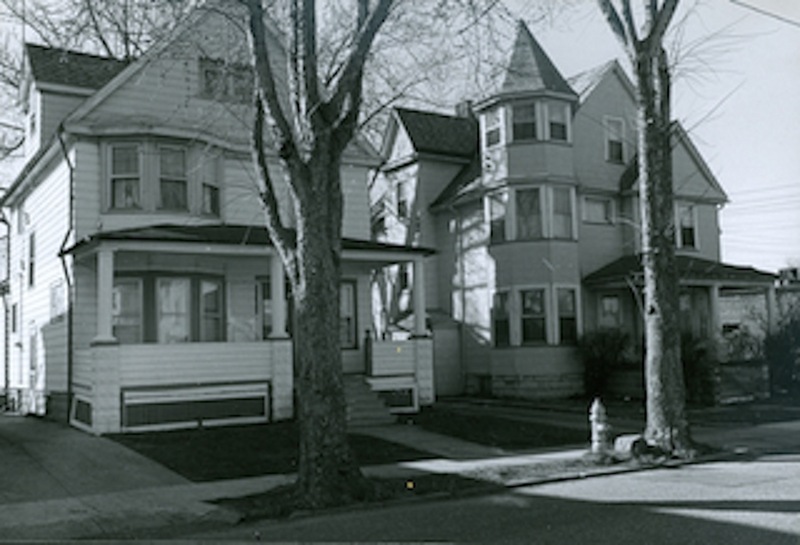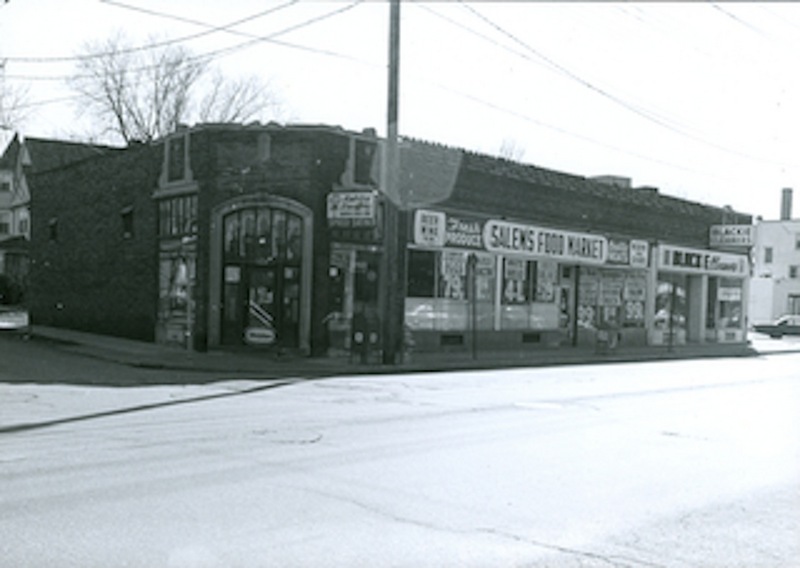Beck Center for the Arts

The Beck Center for the Arts is a non-profit organization that is "dedicated to enriching the quality of life for Northeastern Ohioans" through the performing arts and art education. The history of the Beck Center can be traced back to 1931 to a group of eighteen thespians known as the Guild of the Masques. They were led by the London-trained director Richard Kay. The Guild rehearsed in Lakewood living rooms and performed where ever they could such as schools or churches. In 1933, they leased an old blacksmith's shop where they tore down a wall, built a stage, and performed to sold-out crowds.
The same year, the Guild of the Masques was incorporated as a non-profit arts organization and officially became the Lakewood Little Theater. Tragedy struck in 1934 when the Lakewood Fire Department turned the fledgling company out of the blacksmith's shop due to code violations. So they took the show on the road once more. They became known for their radio dramas, in particular the story of the creation of the Red Cross by Clara Barton during the Civil War. The Little Theater charged no admission for their performances, which was greatly appreciated by those affected by the Depression.
The Lakewood Elks Club offered their facilities to the Little Theater due to their reputation of civic responsibility. However, the situation was less than ideal. Sets had to be built off site and carried by hand to the Elks Club in pieces. Local undertakers were asked to provide extra seats for the sold-out crowds. Patrons were routinely turned away due to lack of room. The Elks Club was the home the Lakewood Little Theater for three years, and ten productions a year were staged there, often receiving rave reviews.
In 1936, a group of dedicated Lakewood women decided to do something about the inadequate space of the Elks Club. They formed the Lakewood Little Theater Women's Committee and took over the fundraising efforts for the Little Theater. Not to be outdone, male Lakewood citizens formed the Lakewood Little Theater Men's Advisory Board with the intention of finding a permanent venue for the Little Theater. The Lucier Motion Picture Theater was leased with the eventual option to buy although it needed costly renovations. The men's and women's organizations set a $10,000 fundraising goal. The members of the Women's Committee opened their homes for floral themed tea parties, such as the Tulip Teas, and the press reported on what the ladies wore and where they vacationed.
On May 7, 1938 the Little Theater staged its first production, Fred Ballard's "Ladies of the Jury," in their new home to a sold out crowd of gentlemen in top hats and well-dressed ladies. In its first week the Little Theater drew 2,265 patrons. The press continued to love their productions, and the people kept coming. Even World War II didn't slow them down. In 1944, the lease on the Lucier was up, and the Little Theater purchased the building. The Lakewood Little Theater now had expanded its vision to include more space and provided theater education for the youth of the community.
In 1948, the Lakewood Little Theater School began led by actor Virginia Woodworth, called Woodbean by her students. One of the teachers she recruited was radio personality "Lady Jan" Egert. The purpose of the education programs Egert said, "was not on creating child stars. The objective was always to teach children to be more comfortable with the spoken word so that they could become better in school and in life. I was thrilled to be involved." Classes involved instruction of basic theater techniques, diction, and characterization. Students performed two plays a year which were often adaptations of fairy tale classics and other stories that would appeal to children. Lady Jan Egert even brought students to appear on her WJW radio show to perform. She stayed with the program until 1986.
In 1974, Kenneth Beck donated $300,000 to the Lakewood Little Theater, and later gave an additional $300,000. With additional fundraising from the public, construction of new facilities began. Beck was a retired partner in Beck & Wall the fifth largest manufacturer of advertising displays in the U.S. and millionaire. The Kenneth C. Beck Center was formally opened in 1976 with a black tie celebration. After a gourmet dinner, the 500 guests watched a production of Maxwell Anderson's "Mary Queen of Scotland." Kenneth Beck later said it was "the happiest day of his life." The Beck Center for the Arts was officially born.
Images






